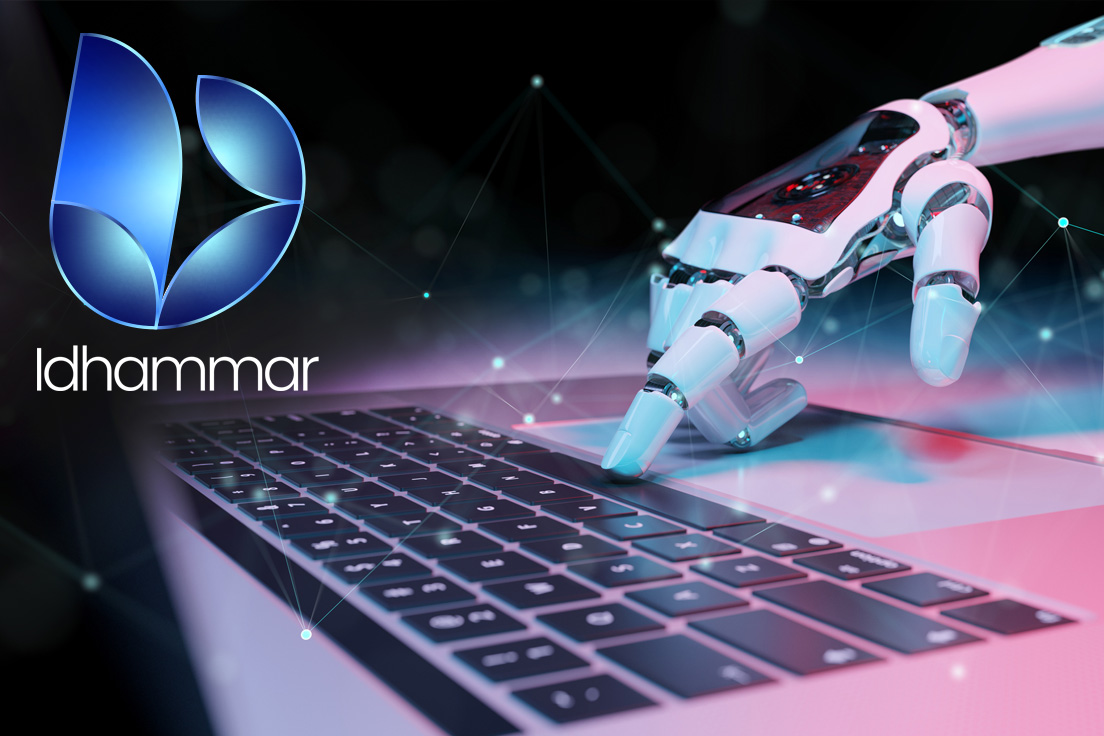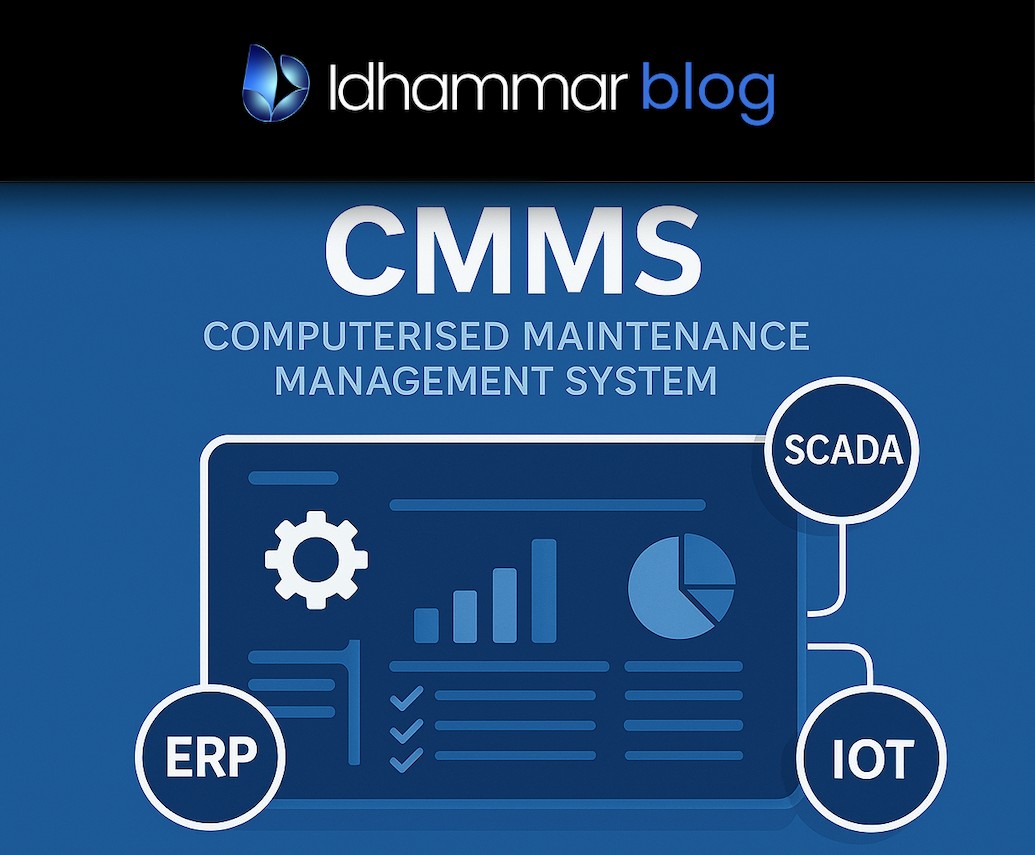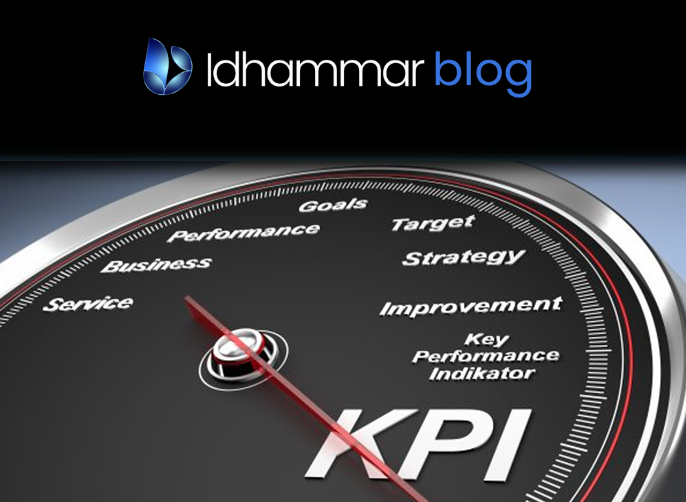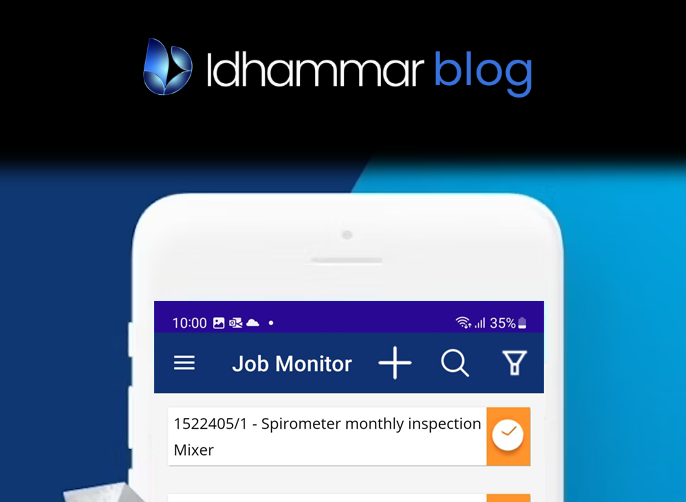In the era of Industry 4.0, the convergence of various new and advanced technologies is reshaping practises in various industries, and this includes maintenance management. Key technologies include AI, analytics and IoT, all of which are paving the way for new frontiers in efficiency.
This article explores how these technologies, among others, are revolutionising maintenance practises and maintenance management software, empowering businesses to achieve unprecedented levels of productivity.
What is Industry 4.0?
Industry 4.0, also known as the Fourth Industrial Revolution, refers to the integration of advanced technologies and digital transformation in manufacturing and industrial processes.
It represents a paradigm shift in how industries operate, leveraging automation, connectivity, data analytics, artificial intelligence and more innovations in order to create “smart factories”.
The key technologies that characterise Industry 4.0 are below.
Artificial Intelligence and Big Data
Industry 4.0 leverages big data analytics combined with AI to collect, process, and analyse large volumes of data generated by machines, sensors, and other sources. Its analysis provides insights for improving the following areas and beyond:
- Process optimisation
- Quality control
- Supply chain management
- Energy management
- Demand forecasting and inventory control
Wherever data can be collected, there is an opportunity to use it for operational improvement and to gain competitive advantage. In addition, AI-enabled systems can also act autonomously on the data-driven insights produced.
The Internet of Things (IoT)
The IoT enables the interconnection of physical devices and systems, creating a network where machines, sensors, and other objects can communicate and exchange data. This connectivity allows for real-time monitoring, control, and coordination of various components in the production process.
Digital twin technology is one particular application of IoT that has far-reaching implications in manufacturing. It involves creating virtual replicas of physical assets, processes, or systems, which are known as digital twins.
These twins are connected to their real-world counterparts through sensors and communication networks, enabling real-time monitoring, analysis, and simulation. Manufacturers can then simulate and analyse different scenarios, predict maintenance needs, optimise production processes, and identify potential bottlenecks.
Overall, this technology leads to improved operational efficiency, proactive maintenance, cost savings and improved product quality.
Robotics and Automation
According to McKinsey & Company, 88% of organisations (automotive, electronics and pharma) intend to invest in robotics, automotive manufacture indicating the highest expected investment.
Industry 4.0 emphasises the use of robotics and automation to enhance productivity, quality, and safety in manufacturing. Collaborative robots (or cobots) can work alongside humans, performing repetitive or physically demanding tasks, reducing the strain on workers. Autonomous Guided Vehicles (AGVs), for example, move on pre-existing tracks and deliver materials and other equipment.
Cloud Computing
Cloud computing provides the storage, processing power, and scalable infrastructure for handling large amounts of data in Industry 4.0 applications. Using a cloud based computerized maintenance management system also enables remote maintenance, which improves response times, optimises resource allocation, and reduces costs.
Cyber-Physical Systems
Cyber-physical systems are the combination of physical machinery and processes with digital technologies. It involves the integration of sensors, actuators, and control systems with computing power and data analytics capabilities. This integration enables machines and systems to operate autonomously (especially when integrated with analytics, in which case, they can make their own autonomous decisions).
An example is a robotic assembly line, where robots equipped with sensors and actuators work collaboratively with human operators to perform complex assembly tasks. The robots are connected to a central control system that coordinates their movements, monitors their performance, and collects data on quality and productivity metrics.
The system uses real-time data analysis and AI algorithms to optimise robot trajectories, improve process efficiency, and ensure precise and error-free assembly.
Edge Computing
Edge computing is a decentralised computing approach where data processing and analysis are performed closer to the data source, rather than relying on a centralised cloud infrastructure. In some applications, this means the processing occurs within the device itself.
In manufacturing, a common way of using edge computing is to deploy edge servers or gateways within the production environment. (An edge server is used for processing and analysing data locally, while an edge gateway acts as a bridge between devices and a central server, aggregating data and sending it for further analysis or storage).
For example, in a manufacturing plant, edge devices can be placed to collect data from sensors embedded in machines. This data is then processed locally in real time, allowing for immediate insights and actions.
Other benefits include reduced data latency and energy savings, as transmitting data within networks can be energy intensive. In some cases, energy savings have reached 35%.
Another way to save energy (and water consumption) is through CMMS software with OEE monitoring functions).
How Industry 4.0 Improves Maintenance Management
Among the main goals of Industry 4.0 are to increase productivity, cost efficiency, flexibility, and responsiveness in manufacturing processes. It aims to create interconnected, intelligent, and agile systems that can adapt to changing customer demands, optimise resource utilisation, and enable the development of innovative products and services. But how has maintenance in particular advanced since the onset of these innovations?
Intelligent Asset Diagnostics and Decision Support
AI-powered maintenance management software brings intelligent diagnostics capabilities, making it much more efficient for maintenance managers to restore asset performance. It can analyse complex datasets, including historical maintenance records, sensor data, and equipment specifications, to diagnose equipment issues accurately.
AI also enables predictive maintenance which, according to McKinsey & Company, increases asset productivity by up to 20% while reducing maintenance costs by up to 10%.
Condition-Based Monitoring and Remote Maintenance
IoT-enabled sensors provide continuous monitoring of asset conditions, feeding data to a computerised maintenance management system. Through AI-enabled analytics, the software can then establish preventive maintenance practices.
For example, it can assess asset health parameters in real-time, generate alerts for anomalies or deviations, and even automate remote maintenance actions.
This proactive approach minimises the need for manual inspections or on-site visits, and enables timely interventions before issues escalate.
Data-Driven Performance Optimisation and Continuous Improvement
Intelligent systems can improve broader processes and not just the day-to-day maintenance tasks. They can uncover hidden patterns relating to performance bottlenecks, asset utilisation, inventory management and more, helping to optimise maintenance operations on the whole.
As such, industry 4.0 is the new frontier of continuous improvement, helping with the identification and implementation of efficiency gains across the board.
Enhanced Safety and Compliance
AI and IoT integration in maintenance management software contribute to enhanced safety measures, ensuring that organisations are EHS compliant.
The real-time monitoring of asset conditions helps identify potential safety hazards, enabling timely preventive actions and reducing the risk of accidents. In addition, the maintenance of accurate records facilitates audits and ensures adherence to maintenance standards.
Robotics for Maintenance
Different types of mobile and stationary robots are used to improve productivity as well as safety in a range of industrial environments.
In terms of maintenance, robots can access hazardous or difficult to reach locations in order to inspect equipment and carry out repairs. In addition, they improve efficiency by carrying out repetitive maintenance checks and tasks that require extreme precision.
Rolls Royce have designed maintenance robots for use on aircraft engines. These robots are remotely operated by specialist engineers and can perform tasks such as repairing compressor blades and using lasers for grinding. With such specialist equipment, the ability to conduct repairs remotely saves engineers from having to travel to the site, saving resources and improving response times.
Rolls Royce also have snake-like robots that can manoeuvre through automobile engines and carrying out certain repairs.
The Benefits of Cloud Computing in Maintenance Management
Cloud computing makes possible many of the advantages of modern maintenance management software. Just a few benefits are as follows:
- Enables big data and analytics
- Cost effective with no server infrastructure to maintain
- Scalability without needing to upgrade hardware
- A centralised source for data
- Instant updates and data backups
- Accessibility from anywhere with an internet connection
- Integration with other systems for the exchange of data and automation of processes
- Disaster recovery and business continuity
Conclusion
AI, IoT, robotics, cloud computing and edge computing are among the key technologies that are ushering the era of Industry 4.0. The result of this convergence is intelligent diagnostics, predictive maintenance, remote maintenance, data-driven performance optimisation, and enhanced safety and compliance.
Cloud computing plays a crucial role in providing the necessary infrastructure for efficient maintenance management, ensuring a centralised way for different systems and users to access data and enabling many of the innovations discussed in this article.
Idhammar Systems created the world’s first commercial computerized maintenance management software and have been continuously improving ever since. This world-class CMMS software handles enterprise asset management, inventory control, preventive maintenance scheduling, predictive maintenance OEE monitoring, and much more.
To see it in-action, contact us today to book a demo.





